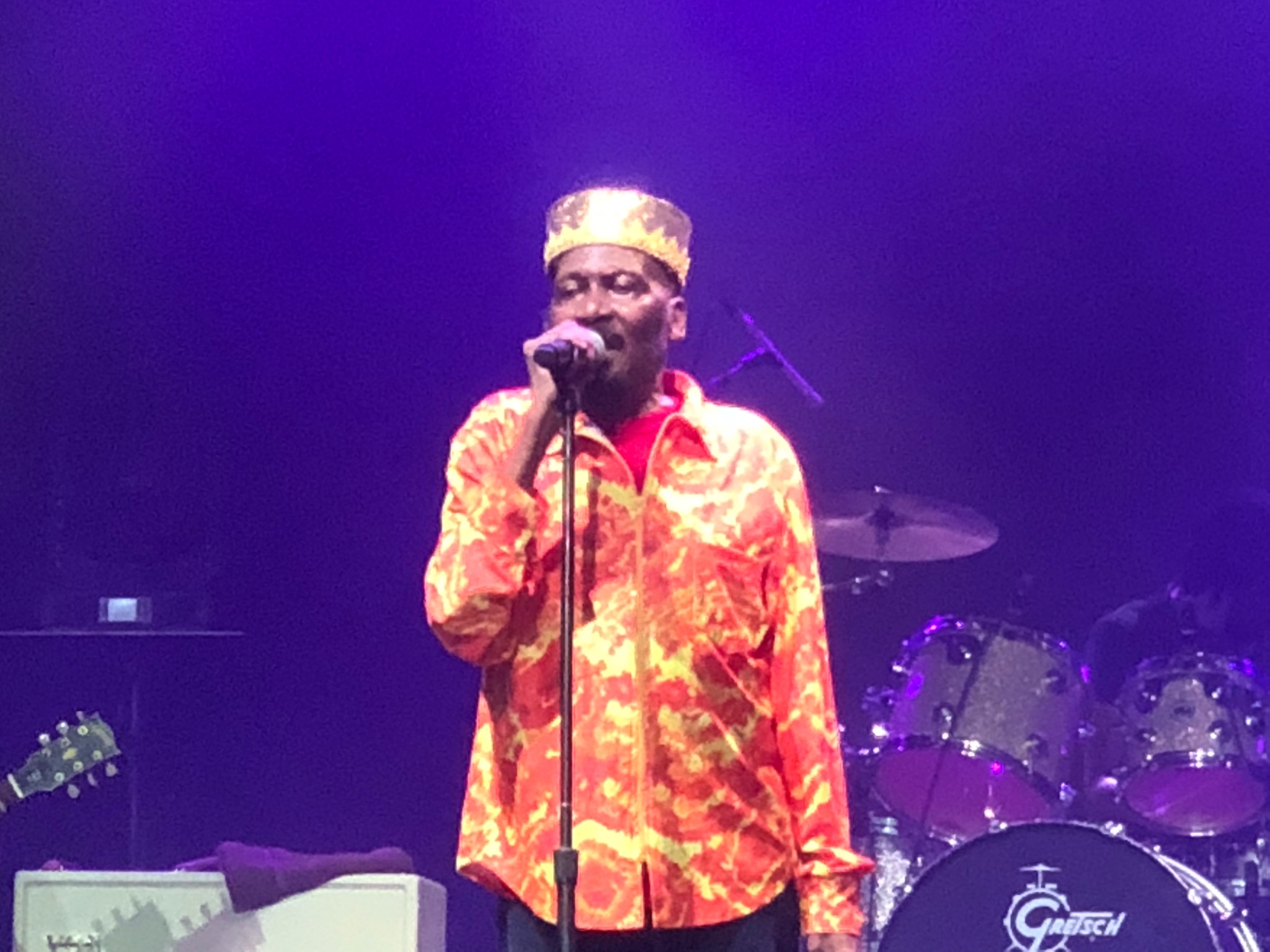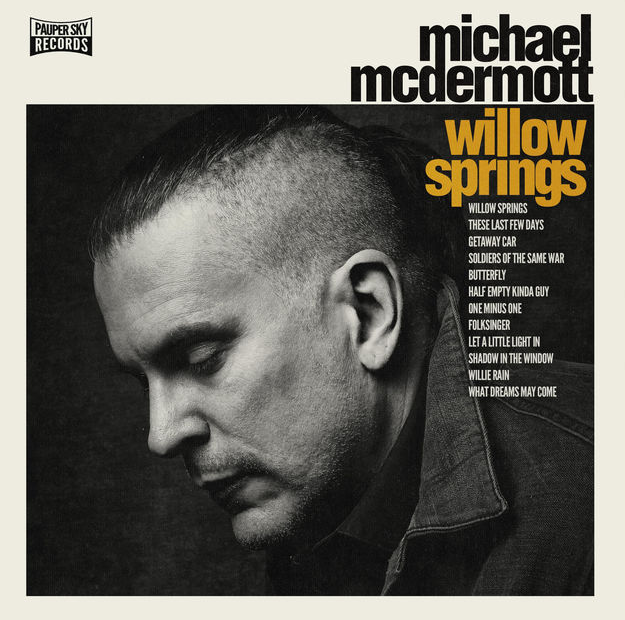1: The Candle and the Flame – Robert Forster

‘The Candle and The Flame’ is an album of ruminations on Forster’s wife Karin Baumler’s battle with ovarian cancer. Not since his solo debut Danger in the Past in 1990 has Forster delivered an album this focussed and compelling.
The topic of cancer could, in lesser hands, make for heavy going, but, infused with ‘that striped sunlight sound’, wry lyricism and with backing by family members Karin, son Louis and daughter Loretta (together with sometime Go-Between Adele Pickvance) these tracks are light, bright and uplifting while never skirting the realities of Baumler’s illness.
It’s a masterful trick and one which elevates this album to a state of grace, hope, celebration and most compellingly a (sacharine-free) tribute to the power of love.
2: Jump for Joy – Hiss Golden Messenger
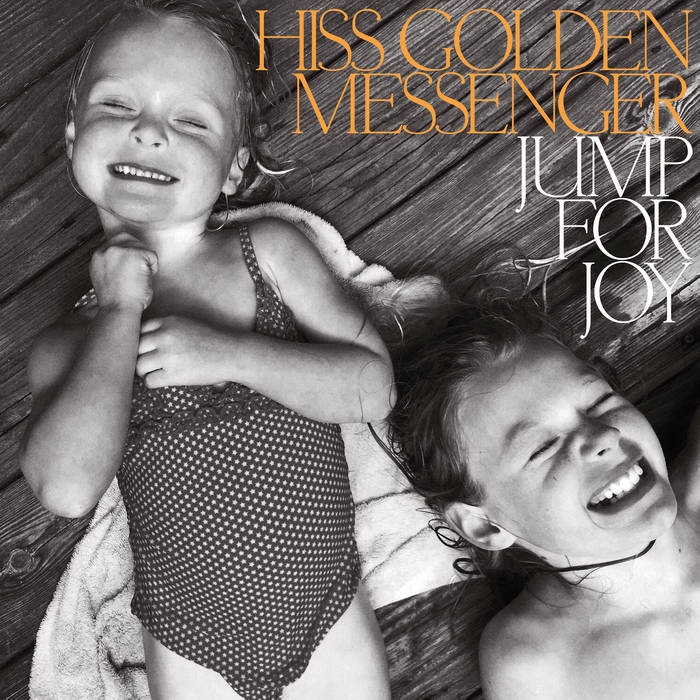
Judged by the cover, title and jaunty tone of the music M.C. Taylor’s 13th album under his stage name Hiss Golden Messenger, you’d think he’d had a sudden epiphany. But dig deeper and the positivity and joy promised is leavened with an undercurrent of existential despair.
The title track’s first line ‘Jump for joy’ is immediately countered by its second line ‘Gimme apocalypse’. Elsewhere, he confesses to being ‘just a nail in the house of the universe’, fears that ‘the rock in my pocket might make me drown’ and, on the last line of the album, admits that he’s ’just a human trying to survive’.
All this amongst the finest, brightest folk pop of his career.
3: Black Country, New Road – Live from Bush Hall

After only two albums of skewed post-rock, featuring the distinctively manic vocals of founding member Isaac Wood, which pushed them to the top of indie rankings both within, and beyond, their country of origin (England), Wood announced his departure citing mental health issues. Which begged the question, ‘What would the band do next?’.
This album is the band’s answer to that question: Issue a live concert and accompanying album of all new original material recorded live at Bush Hall with existing band members Tyler Hyde and May Kershaw sharing vocals over the band’s trademark skewed cacophony of disparate sounds.
Absent Woods’ vocals, the result is a folkier, but no less compelling, mix of disparate influences which meld together into an exciting yet focused whole. An inspired declaration that they’re not done yet.
4: This Stupid World – Yo La Tengo

Yo La Tengo deliver more of their trademark guitar fuzz in a broad canvas of mostly extended workouts which were developed through hours of improvisational jams during recording at the bands’ home studio.
It shows in the extended format and the freedom with which the band explore every nuance of the songs while miraculously reining them in before they spill over into self-indulgence. It’s the judgement shown in that execution which is the mark of success of this album, and the reason that so many albums into their recording careers, they’ve been able to produce yet another high point for their catalogue.
5: Weathervanes – Jason Isbell & the 400 Unit
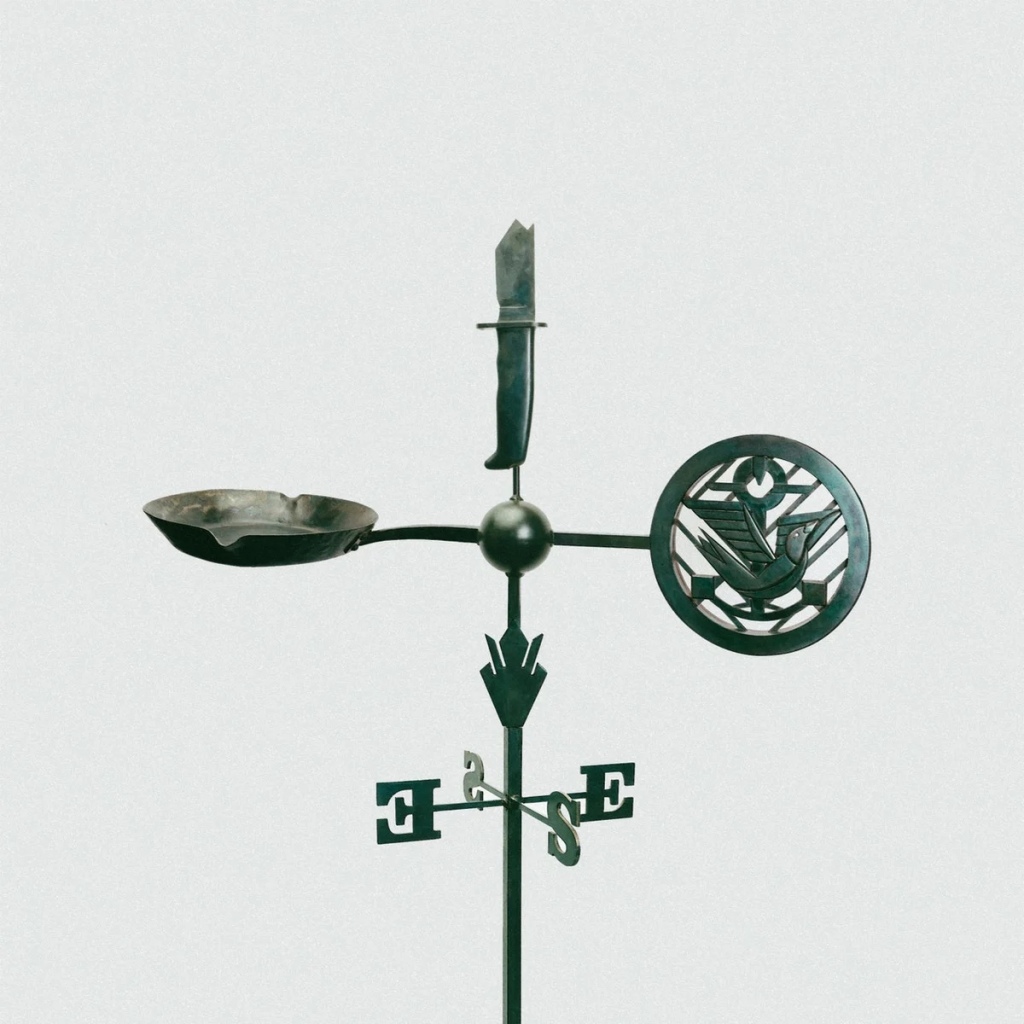
I knew Isbell as the sometime guitarist of The Drive By Truckers on albums such as Southern Rock Opera, Decoration Day (for which he penned the strong title track) and The Dirty South. But it was at Bluesfest in Byron Bay in 2010 that I was first introduced to Jason Isbell as a solo artist, during a short solo support slot for Justin Towns Earle (before joining JTE on guitar for his full 45 minute solo slot).
The highlight of Isbell’s short set was ‘Dress Blues’ (from his solo debut ‘Sirens of the Ditch) which marked him out as a master storyteller bringing real emotion and depth to his songwriting.
He followed that first solo album with two albums credited to his band ‘the 400 Unit’ before releasing Southeastern, still regarded as his high watermark. Weathervanes is his eighth album.
After several years together, Isbell’s 400 Unit has become a crack live band as witnessed on his career spanning set at the Enmore Theatre, Sydney earlier this year. I was pleasantly surprised by the way the new songs from Weathervanes (which I was still to hear at that time) stood up beside his well known and loved older material.
The album which I bought straight after the show didn’t disappoint. It is among the best of his career, featuring highlights including ‘Deathwish’, ‘King of Oklahoma’ ‘Middle of the Morning’, ‘Cast Iron Skillet’, ‘When We Were Close’, ‘Vestavia Hills’, ‘White Beretta’ and ‘This Ain’t It’ all of which rank up with his finest songs.
Weathervanes would have been even higher in my list but for a slightly too polite/pristine production, by Isbell himself, which doesn’t quite capture the vitality of those songs displayed during the live Enmore set.
6: Cacti – Billy Nomates

I’ll confess that Billy Nomates’ self titled debut passed me by, despite receiving much critical acclaim in the UK. This sophmore release is a fierce call from the brink which mixes disparate elements of post-punk, country and rock and infused them with electronic beats, drum machines and prickly lyrics delivered in vocals which are spoken, sung and spat out in equal parts. It’s an electric, exhilarating combination which reaches its zenith on ‘Spite’ (which positively seethes).
7: Proof of Life – Joy Oladokum

Oladokum followed up her self-produced 2021 release in defence of my own happiness, which met with a degree of critical acclaim (if not mainstream recognition), she returns with a bigger budget and bolder production for Proof of Life. The result is bolder, brighter and more commercial, without ever compromising the authenticity of Oladokum’s voice. Her lyrical concerns resonate as she deals with the contradictions inherent in her journey from Southern church choir leader to Nashville rising star and unofficial spokesperson on racism and LGBTQ+ issues – all of which she manages with candour and indelible songcraft.
8: Painting of My Time – Floodlights
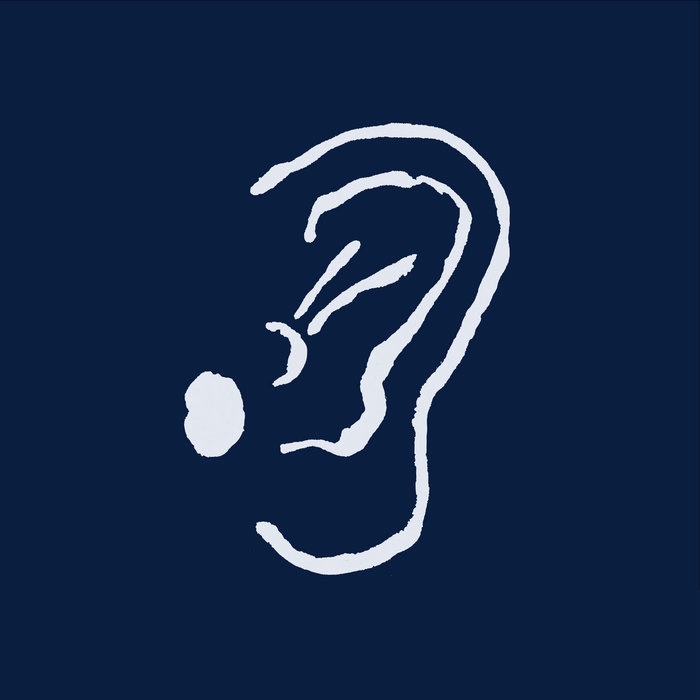
Melbourne band Floodlights burst onto my radar following their excellent support slot at Pavements’ Wollongong and Sydney shows earlier in the year. So impressed was I that I raced out and bought this album and caught their subsequent headline gig at Carriageworks in Redfern.
The album does not disappoint with it uniformly strong songs and the occasional should-have-been hits including Human, Lessons Learnt, the title track (all of which were released as singles) and Wide Open Land (which inexplicably was not).
I can’t wait to see what they do next and can only hope that it builds on the momentum so that they can break through and get the recognition they deserve.
9. The Returner – Allison Russell

Allison Russell’s stellar debut Outside Child ranked No.2 in my 2021 list of Best Albums (and perhaps, in hindsight, might have been worthy of No. 1).
While, not rising to the heights of her debut, Russell’s sophomore album shows a willingness to experiment and try new sounds and delivers a sprightly, upbeat series of soulful pop gems, without ever losing her individuality or sliding into pop cliches.
10: The Record – Boygenius

Following the success of their (very strong) 2018 EP, Julian Baker, Phoebe Bridgers and Lucy Dacus launched their debut LP from their supergroup ‘Boygenius’ to much acclaim reaching the upper reaches of the charts in several major geographies and a slew of Grammy award nominations including Album of the Year, Record of the Year (for Not Strong Enough) and Best Alternative Music Performance (for Cool About It).
The album is uniformly strong riding on the shared songwriting and vocal collaborations and a greater sense that this is a group effort. It even rocks out frequently.
The high points are on the songs where the three voices harmonise effortlessly recalling great collaborations like CSNY and The Hollies. Given the quality on display here, it is somewhat inexplicable that the album failed to enter the US Billboard Top 200. Unfortunately, some things never change.


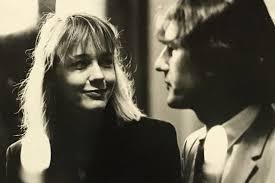


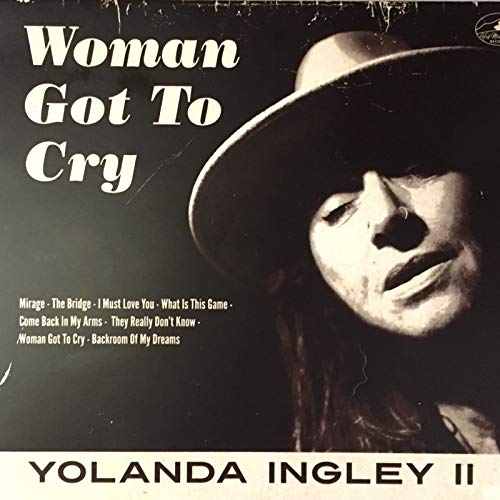



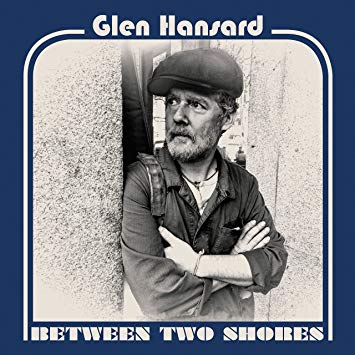
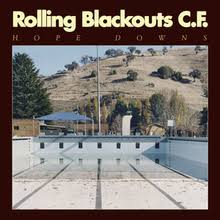









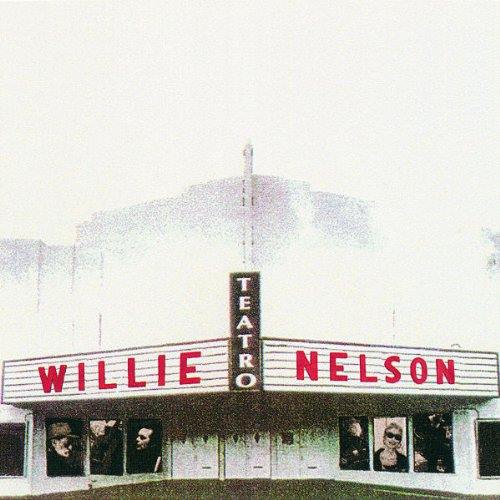

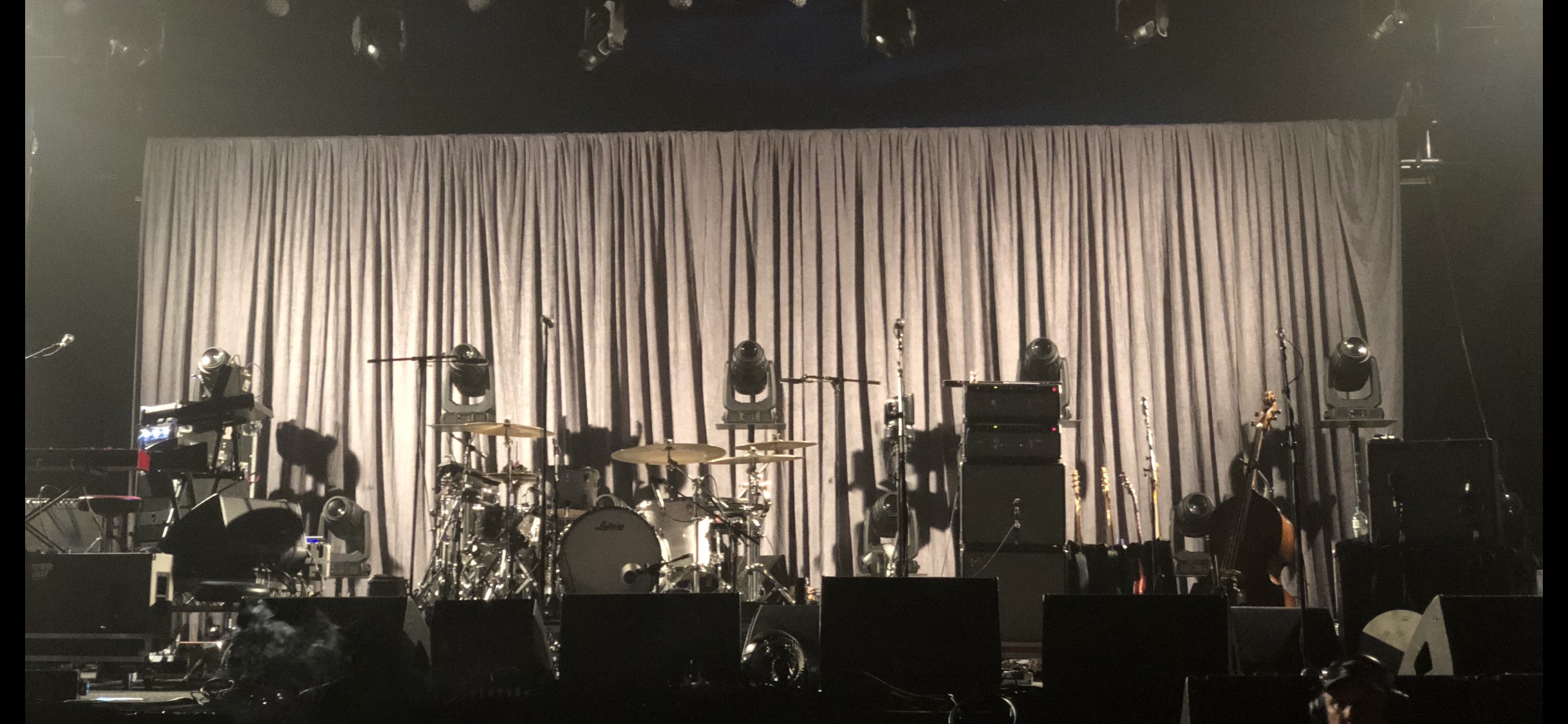
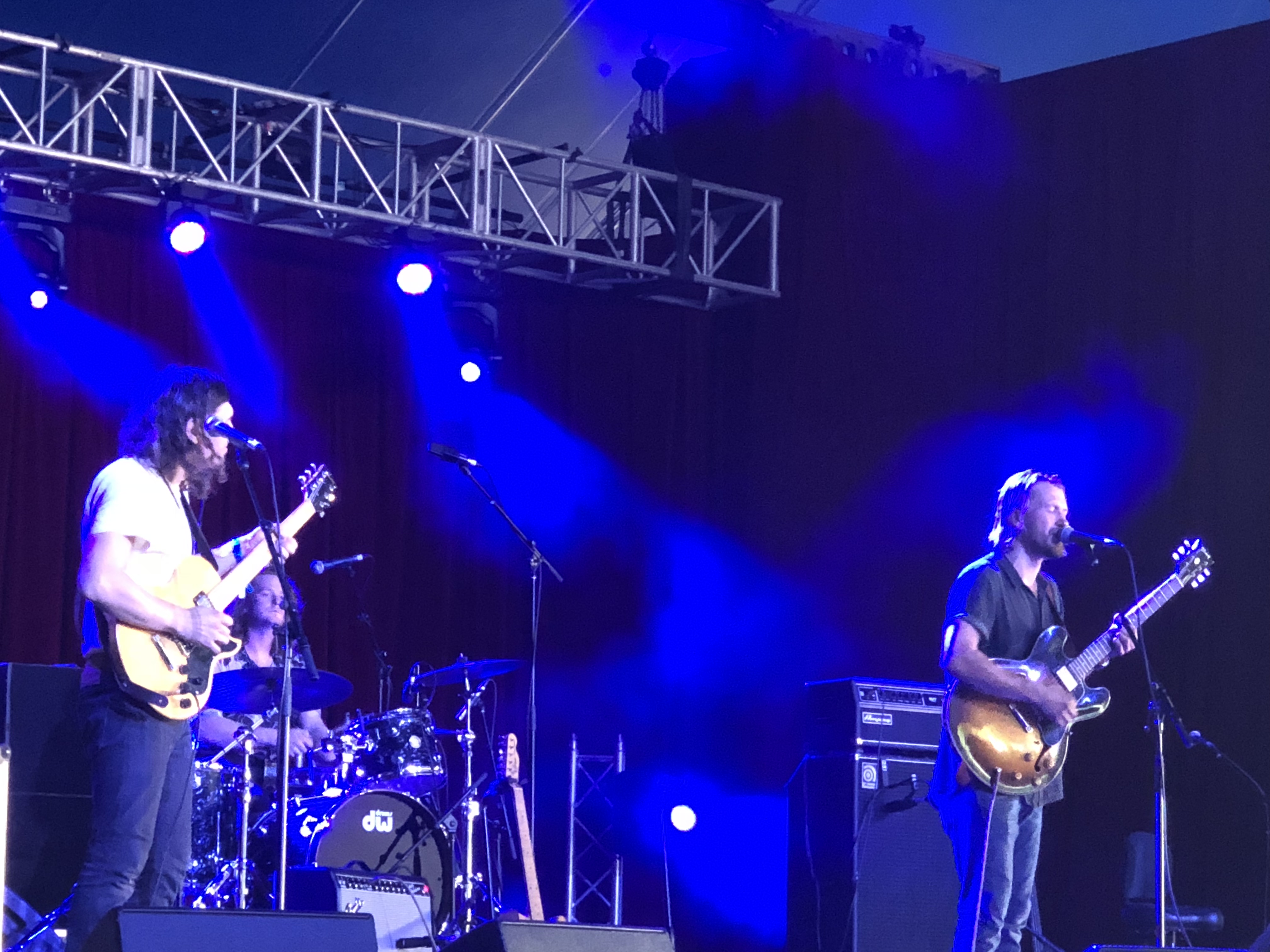

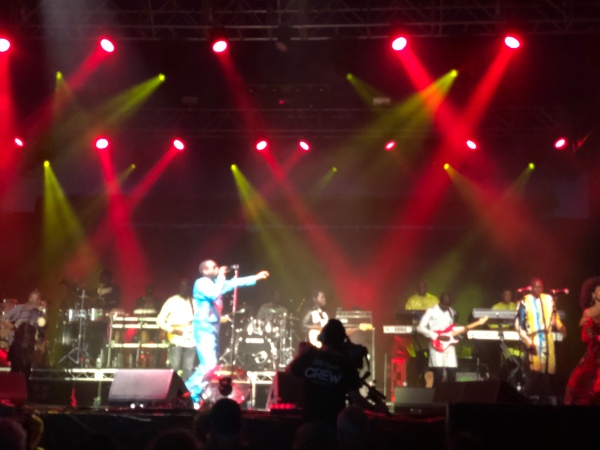
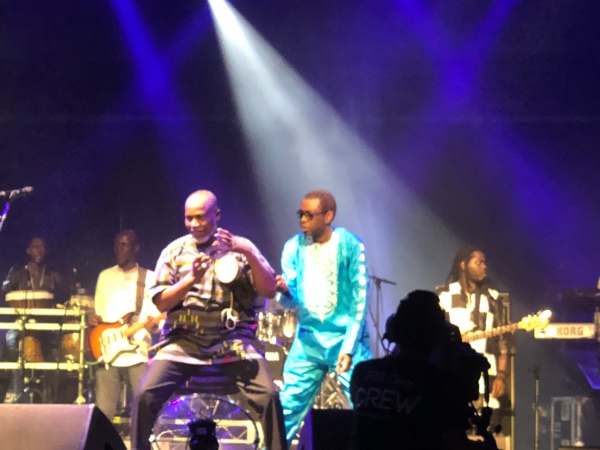 N’Dour’s talented 12 piece band (Le Super Etoile de Dakar) comprises three percussionists (including Assange Thiam’s expressive tama) which are, perhaps the most prominent musical element, as well as strong backing vocals and guitarist Jimi Mbaye whose intuitive guitar lines weaves through the music subtly providing a melodic backbone which was never showy or obtrusive (even as Mbaye’s physical presence dominated the stage).
N’Dour’s talented 12 piece band (Le Super Etoile de Dakar) comprises three percussionists (including Assange Thiam’s expressive tama) which are, perhaps the most prominent musical element, as well as strong backing vocals and guitarist Jimi Mbaye whose intuitive guitar lines weaves through the music subtly providing a melodic backbone which was never showy or obtrusive (even as Mbaye’s physical presence dominated the stage).